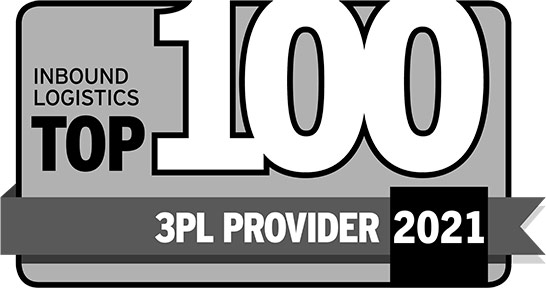Intermodal Intrigue: Why More Companies Are Turning to Multimodal Transportation

The world of multimodal transportation is growing at a rapid rate. The proof is all around us. It can be found on the nation’s many highways, where trucks continually pound the pavement in an effort to get the goods from store to store. It’s evidenced by the growing prevalence of freight trains traveling across North America’s rail network. It’s can also be observed in the countless number of cargo ships chugging along the world’s shipping lanes working to transport goods from shore to shore.
Intermodal or multimodal freight transportation is the transportation of freight in an intermodal container or vehicle using multiple modes of transportation, including rail, ship and truck. Although intermodal and multimodal differ based on the contractual responsibilities for the freight across each segment, the fundamental movement of goods is the same. This particular type of transit concept — truck-rail in particular — is growing faster than any other mode of transportation, according to the Intermodal Association of North America. The IANA reports that every year, nearly 25 million containers and trailers are moved using intermodal transportation
In January 2014, the IANA and the Association of American Railroads sponsored a white paper, Ten Years After: The Second Intermodal Revolution, that heavily asserts intermodal as being an accepted mode of transportation, both viable and marginal.
The reasons more and more companies are turning to intermodal transportation vary, but can mainly be attributed to reliability, sustainability and cost efficiency.
Reliability
Part of being reliable is ensuring the delivery of goods at a continually increasing frequency and speed. Speed, in essence, is an essential element of providing a reliable transportation method.
Also, because multimodal transportation involves multiple parties working together, a heavy emphasis is placed on the monitoring of shipments every step of the way using state-of-the-art technology. These days, with real-time technology at their fingertips, everyone involved in the process has visibility to schedule changes and can adapt to any delays.
Sustainability
Carbon emissions across the supply chain can be greatly reduced by using intermodal transportation. In fact, the U.S. Dept. of Transportation Federal Highway Administration considers multimodal transportation to have many environmental benefits related to air quality.
This is achieved through never-ending improvements to fuel efficiency in trucks, as well as an increased dependence on rail, which is one of the most environmentally-friendly modes of freight transportation.
Cost efficiency
Intermodal transportation can help a company lower transportation costs because it allows a certain mode of transit to be used for the portion of the trip to which it is the most efficient.
Why ship your product across country by truck when you can put that same product on a freight train and ship it by rail? With the price of fuel continuing to rise, turning toward a multimodal mindset can certainly cut costs.
The move towards multimodal doesn’t appear to be just a trend. Total shipment volume increased 4.6% in 2013, according to the IANA’s fourth quarter and year-end Intermodal Market Trends & Statistics.
“This has been a banner year and quarter for intermodal, underscoring the strong alternative it provides to over-the-road transport,” said Joni Casey, president and CEO of IANA. “All markets performed exceptionally well during the fourth quarter, with both international and intermodal trailers recording their best improvement in years.”
At LEGACY Supply Chain Services, an Intermodal Marketing Company (IMC), we can help you make the leap to intermodal. Our team of supply chain experts can help design and manage an intermodal transportation solution that can save money for our clients while also providing exceptional reliability and end-to-end transparency.
Get Insights. Stay Ahead.
Get the latest news and insights via email on warehouse improvement, transportation optimization, labor strikes and international shipping rate changes.Popular Posts
Search Posts
-
2024 Q1 Freight Landscape: Trends, Challenges, and Predictions
As the first quarter of 2024 comes to an end, here are some observations over the past few months as well as predictions about the trucking...
+ Read more -
Baltimore Bridge Impact Assessment – Update
Following the recent Baltimore Bridge collapse and subsequent port closures, we want to keep our customers informed about the situation and...
+ Read more -
Global Momentum Builds for Charge on Global Shipping Sector’s CO2 Emissions
A growing coalition of 47 countries, including key players like the European Union, Canada, Japan, and various Pacific Island nations, is...
+ Read more










